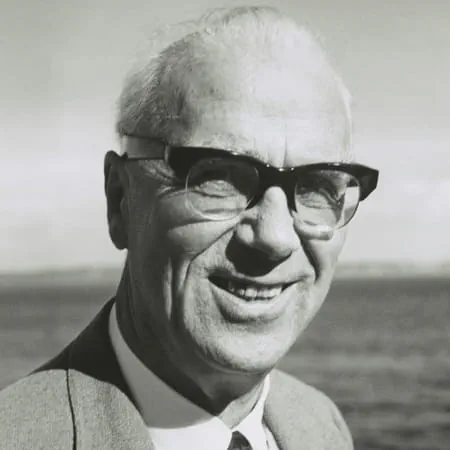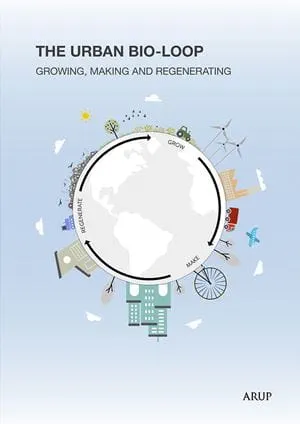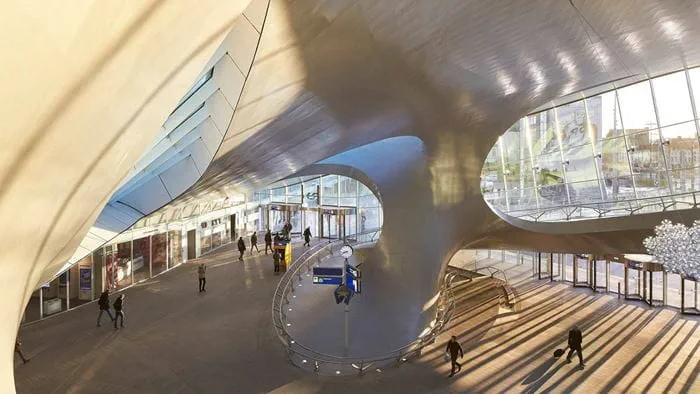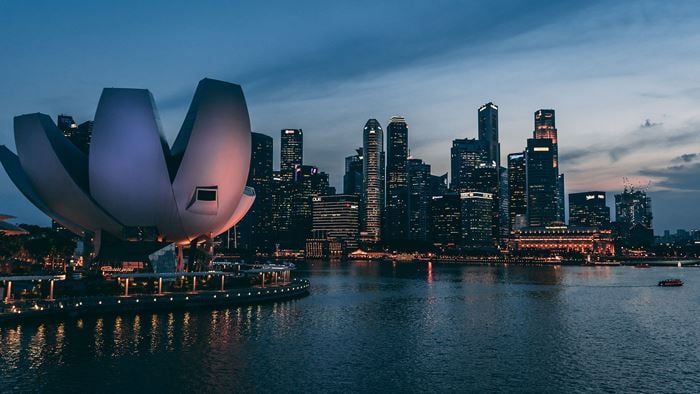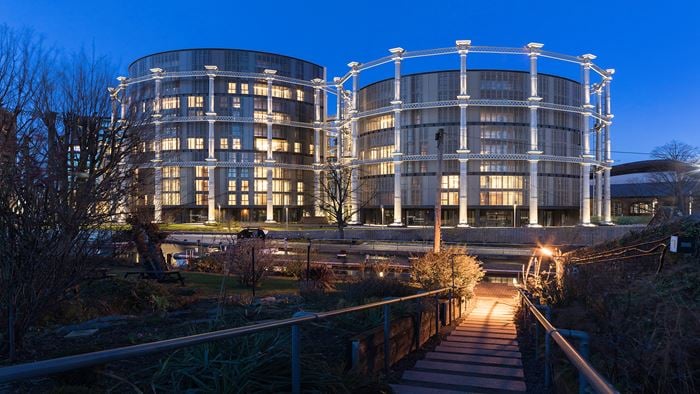Why do we care about sustainability?
It began as a humane response to the growing sense that unfettered production and consumerism were damaging our natural environment. At first our interest in protecting nature was mostly in order to ensure a future for ourselves, but over the past 30 years our definition of sustainability has matured and expanded.
Today the concept embraces not only the impacts we have on the natural environment, climate change and scarcity of natural resources, but also biodiversity as well as human and social needs. In short humanity has started to recognise the value and importance of the wider ecosystem of which we are just one part.
As we’ve moved into the ‘fourth industrial revolution’, powerful connected digital tools and processes are allowing us to have greater mastery and understanding of sustainability implications of given design choices.
We have started to possess a level of technological mastery over the natural world unprecedented in human history.
Technology for technology’s sake
But some voices are concerned about this push towards technology-driven decision making. Paraphrasing the Italian philosopher Umberto Galimberti, we’re being seduced into replacing our own human concerns with technology’s inherent logic, reason and priorities. His fear is that we run the risk of mistaking our capacity to do things for our ability to foresee their effects. In short, technology allows us to think we are in control, while actually enabling us to lose control.
One danger is that we mistake technological advances for a good in their own right, with human concerns and nature suffering in largely unpredictable ways as a result. So, how do we keep humanity, technology and nature aligned?
“Humanitarianism also implies a social conscience, a wish to do socially useful work, and to join hands with others fighting for the same values. ”
Sir Ove Arup Founder
Finding the balance
At Arup, we’ve always believed that collaboration across disciplines produces the most socially valuable end results, producing the built assets our clients need while minimising their impacts on the natural environment. This humanitarian mindset was championed by our founder Ove Arup over 45 years ago and we remain committed to it today.
With Professor Galimberti’s warning in our ears, it’s clear we need a vision of sustainable design supported, but not supplanted, by technology. One way to achieve this is to prioritise communication with the many stakeholders affected by built environment projects. After all communities, clients, and the public at large will all have to live with the effects of the ever-grander choices technology allows us to make.
Sustainable projects should produce an emotional response as well as rational appreciation. So by aiming to increase the beauty of the built and natural environments at once we would naturally build public support for this new vision of sustainable design.
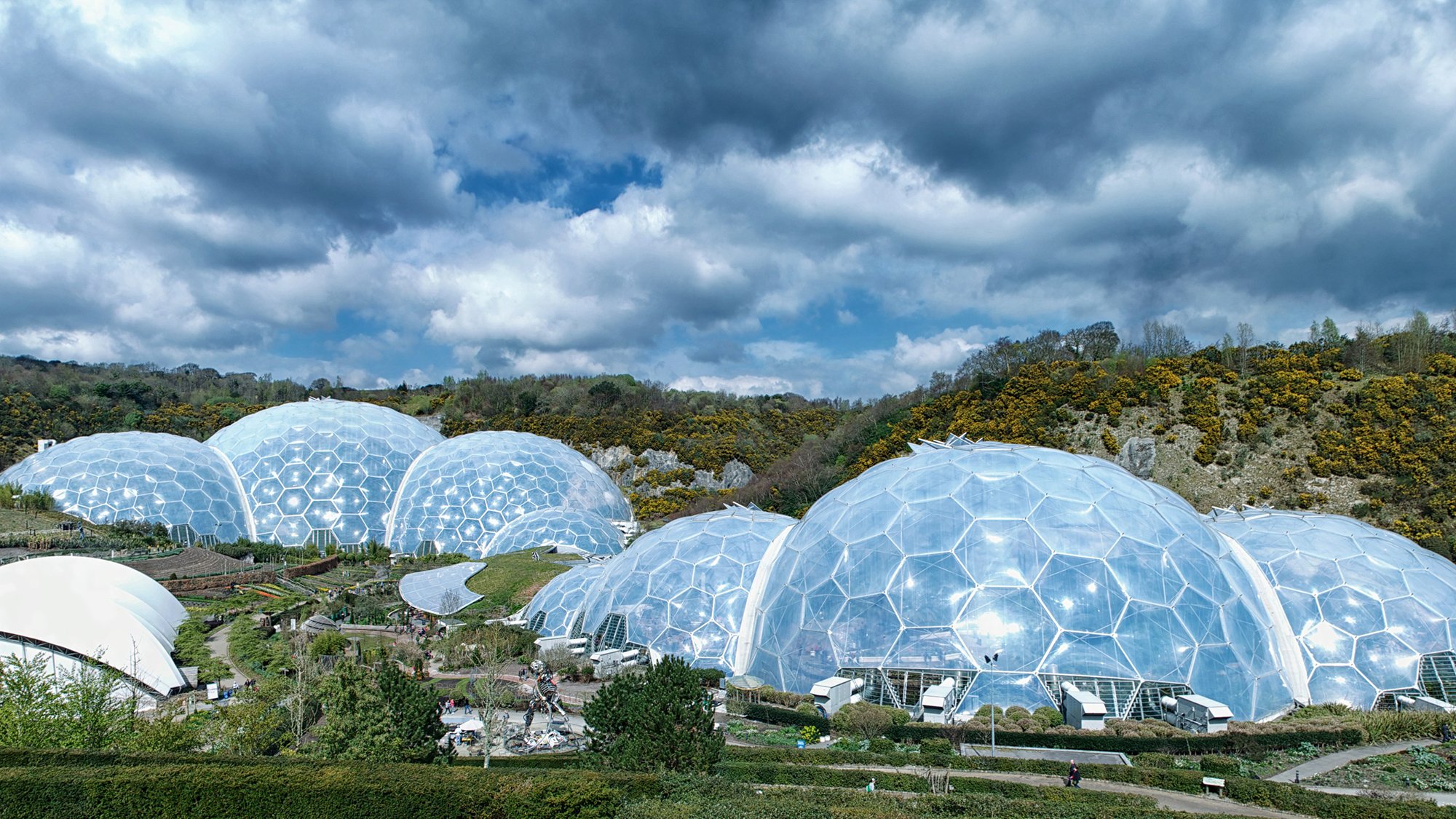
Towards a new alliance
We will need a more integrated and conscious design process, one where digital technology helps us to evaluate the human and natural consequences of design choices, to the mutual benefit of these two very interdependent parts. This would involve a commitment to prioritising ‘soft metrics’ such as comfort, health and wellbeing indicators alongside existing and new environmental requirements. It might also mean changing our relationship to precious resources, becoming more ‘circular’ in our thinking, developing new organic materials to construct with instead.
A few projects already point to how this future could be realised. Projects like Green River in Milan show how relics of the industrial age can be sustainably reimagined for a new era. Arnhem Station shows how digital tools and a human need for beauty can produce an extraordinary combination. With increasing urban development and the challenges of climate change this new sustainability ethos is an idea for its time.
You can read more about Paolo Cresci's examination of these and related issues in the latest issue of Domus Green, the Italian design and architecture journal.
 ;
;

